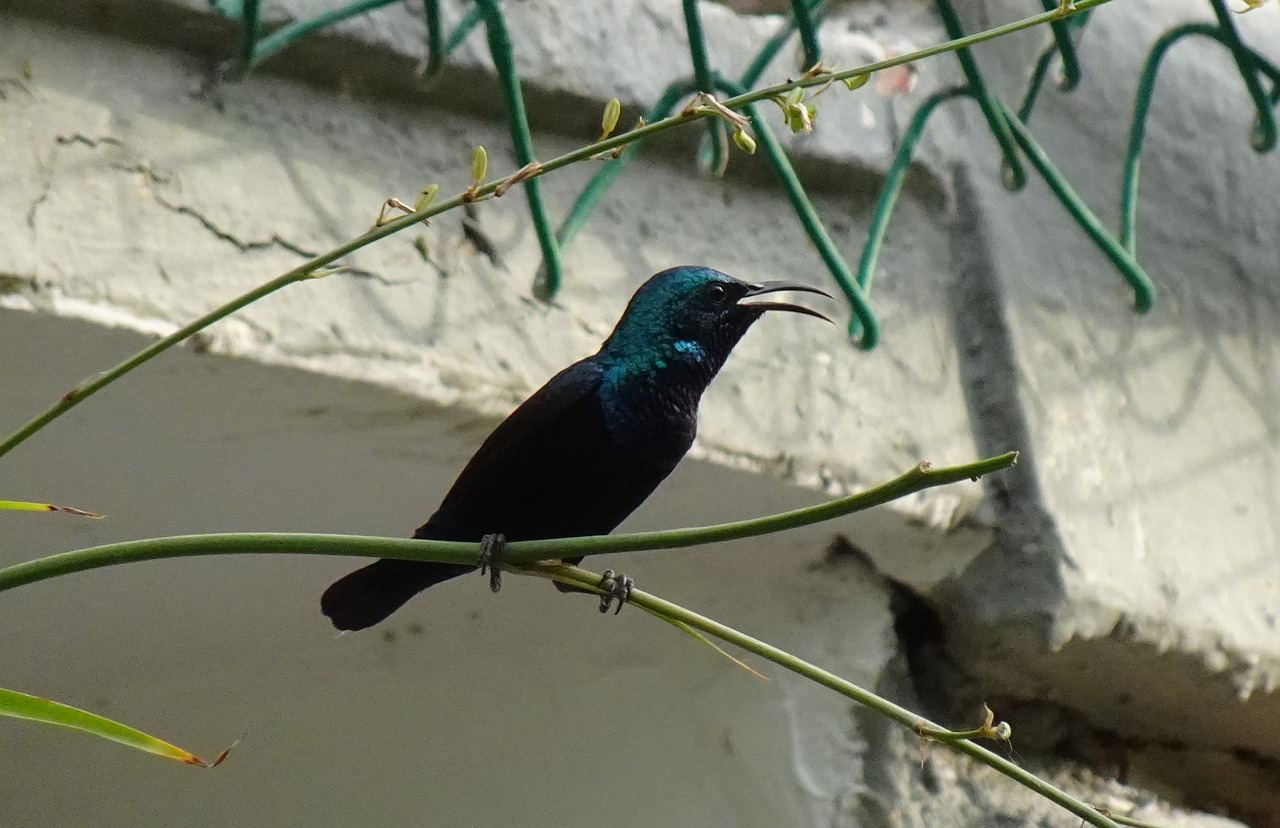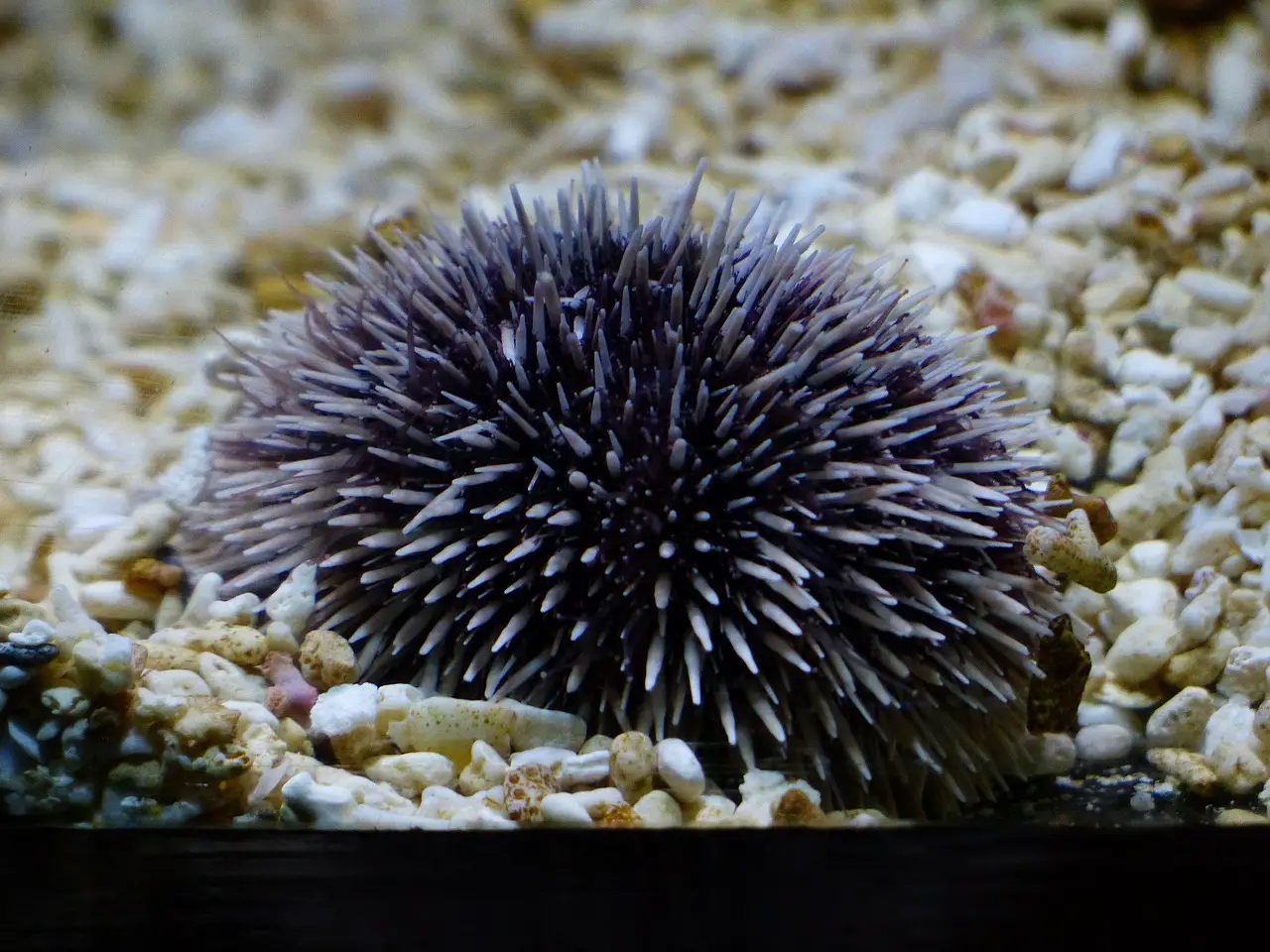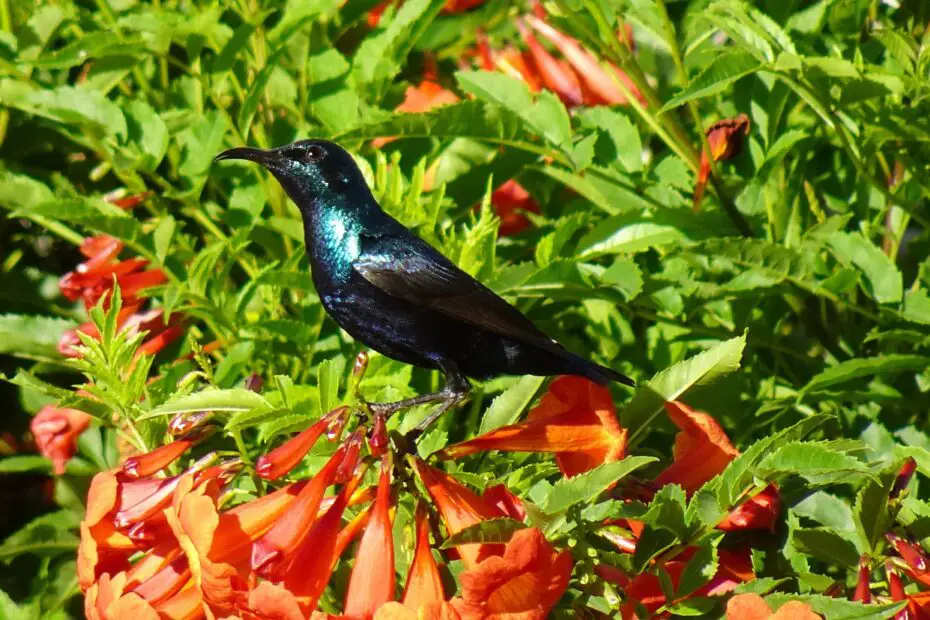1. Introduction
From the lush rainforests to the depths of the ocean, nature never fails to surprise us with its incredible diversity. Among the various shades that adorn the animal kingdom, purple stands out as a captivating and rare color. In this article, we will delve into the intriguing world of purple animals, exploring the causes of their unique coloration, the significance it holds, and the role of genetics in creating these vibrant hues.
You may also want to read about horse colors.
2. What Causes Purple Coloration in Animals?
2.1 Pigments and Coloration
The coloration of animals can be attributed to two primary factors: pigments and structural coloration. Pigments are chemical compounds that absorb and reflect specific wavelengths of light, creating the colors we see. We will explore the pigments responsible for purple hues in animals.

2.2 Structural Coloration
While pigments play a significant role in coloration, structural coloration also contributes to the vibrant purples found in nature. Structural coloration is the result of microscopic structures that interact with light, creating iridescent or vivid colors. We will discuss how structural features contribute to purple coloration.
3. Examples of Purple Animals in Nature
Nature boasts an array of purple animals, each exhibiting their own unique adaptations and beauty. In this section, we will explore some notable examples of purple creatures found across different ecosystems.
3.1 Purple Frogs
The purple frog, native to the Western Ghats of India, is an extraordinary amphibian that showcases a distinct purple hue. We will learn about the biological significance of their purple coloration and how it aids in their survival.
3.2 Purple Sea Urchins
Sea urchins are fascinating marine creatures known for their spiky exteriors. Some species, like the purple sea urchin, exhibit stunning purple coloration. We will discover the purpose behind their purple hues and how they contribute to their survival in the ocean.
3.3 Purple Starlings
Purple starlings, found in certain regions of Africa and Asia, display an exquisite plumage adorned with vibrant shades of purple. We will explore how their purple coloration plays a role in communication and mate attraction.
3.4 Purple Emperor Butterflies
The purple emperor butterfly, native to Europe and parts of Asia, is a majestic creature with wings that shimmer in shades of purple. We will uncover the captivating reasons behind their purple coloration and its significance in their life cycle.
4. Significance of Purple Coloration in Animals
The purple coloration seen in animals serves various purposes beyond mere aesthetics. In this section, we will explore the significance of purple hues in the animal kingdom.
4.1 Camouflage and Protection
Purple coloration can aid animals in blending into their surroundings, providing camouflage and protection from predators. We will examine how certain purple animals utilize their coloration to remain hidden or mimic their environment.
4.2 Sexual Selection and Mate Attraction
In many species, purple coloration plays a vital role in sexual selection. We will explore how vibrant purple hues act as signals of health, genetic quality, and attractiveness, influencing mate choice and breeding success.
4.3 Warning Signals
Purple coloration can also serve as a warning signal, indicating toxicity or danger to potential predators. We will discuss examples of purple animals that utilize their coloration to communicate their unpalatability or venomous nature.

5. The Role of Genetics in Purple Coloration
While environmental factors contribute to animal coloration, genetics also play a crucial role in determining the presence of purple hues. In this section, we will delve into the genetic mechanisms behind purple coloration.
5.1 Genetic Mutations and Variations
Genetic mutations can give rise to variations in pigments and color production, leading to the development of unique colorations, including purple. We will explore how mutations in specific genes contribute to the expression of purple pigments in animals.
5.2 Gene Expression and Color Production
The regulation of gene expression influences the production and distribution of pigments, including those responsible for purple coloration. We will discuss the intricate genetic processes involved in producing the captivating purples seen in animals.
6. Human Influence and Purple Animals
Human activities, such as domestication and selective breeding, can have an impact on animal coloration, including the presence of purple hues. In this section, we will examine the influence of humans on the purple coloration of certain animals.
6.1 Domestication and Selective Breeding
Through selective breeding, humans have manipulated the genetic traits of animals, including their coloration. We will explore how domestication and artificial selection have led to the development of purple hues in certain breeds and species.
6.2 Impact on Wild Populations
Human activities, such as habitat destruction and pollution, can negatively affect wild populations of purple animals. We will discuss the conservation challenges they face and the need for preserving their habitats to maintain the vibrant purple hues in nature.
7. Conservation and Research Efforts
Understanding the biology and significance of purple coloration in animals is crucial for conservation efforts and further research. In this section, we will highlight ongoing conservation initiatives and scientific studies aimed at protecting purple animals and unraveling the mysteries of their coloration.
7.1 Studying Purple Pigments
Scientists are actively studying the chemistry and properties of purple pigments found in animals. We will explore the current research and the potential applications of these pigments in various fields, such as materials science and medicine.
7.2 Protecting Habitats and Ecosystems
Conservation efforts focused on preserving habitats and ecosystems play a vital role in safeguarding purple animals. We will discuss the importance of habitat conservation and the role it plays in maintaining the diversity and beauty of these creatures.
8. Conclusion
The world of purple animals is a captivating realm, where nature showcases its creativity through stunning hues. From frogs to butterflies, these vibrant creatures have evolved fascinating coloration for various purposes, including protection, mate attraction, and communication. Understanding the biology, genetics, and ecological significance of purple animals not only enriches our knowledge but also emphasizes the need for their conservation.
Frequently Asked Questions (FAQs)
- Are purple animals rare in nature?
- Purple animals are relatively rare compared to other colors found in the animal kingdom. However, they can be found in various ecosystems around the world.
- Do purple animals have any evolutionary advantages?
- Yes, purple coloration in animals can provide evolutionary advantages such as camouflage, mate attraction, or warning signals to predators.
- Can purple animals change their color?
- Some animals, like certain species of chameleons, have the ability to change their color, including shades of purple. However, not all purple animals possess this capability.
- Are there any synthetic dyes or pigments that replicate natural purple colors in animals?
- Synthetic dyes and pigments can replicate some shades of purple found in nature. However, the complexity and iridescence of natural purple coloration are challenging to replicate accurately.
- Do purple animals have any cultural significance or symbolism?
- In different cultures, purple animals may hold symbolic meanings associated with royalty, spirituality, or uniqueness. However, cultural interpretations may vary.
